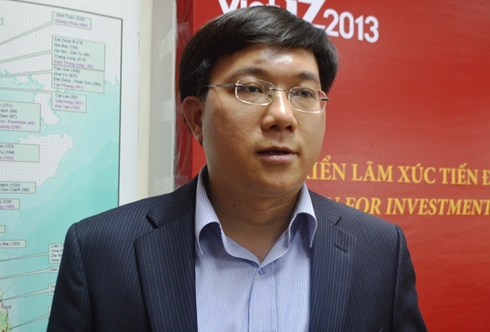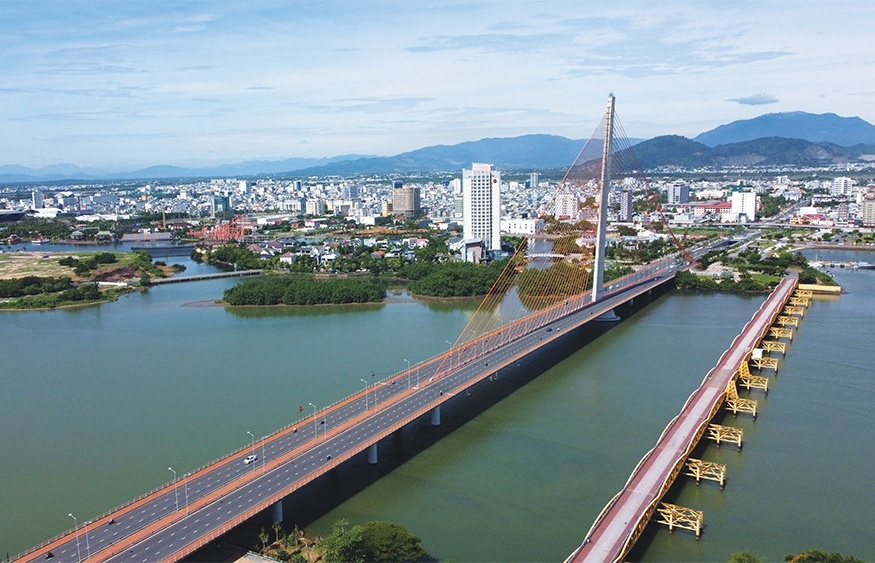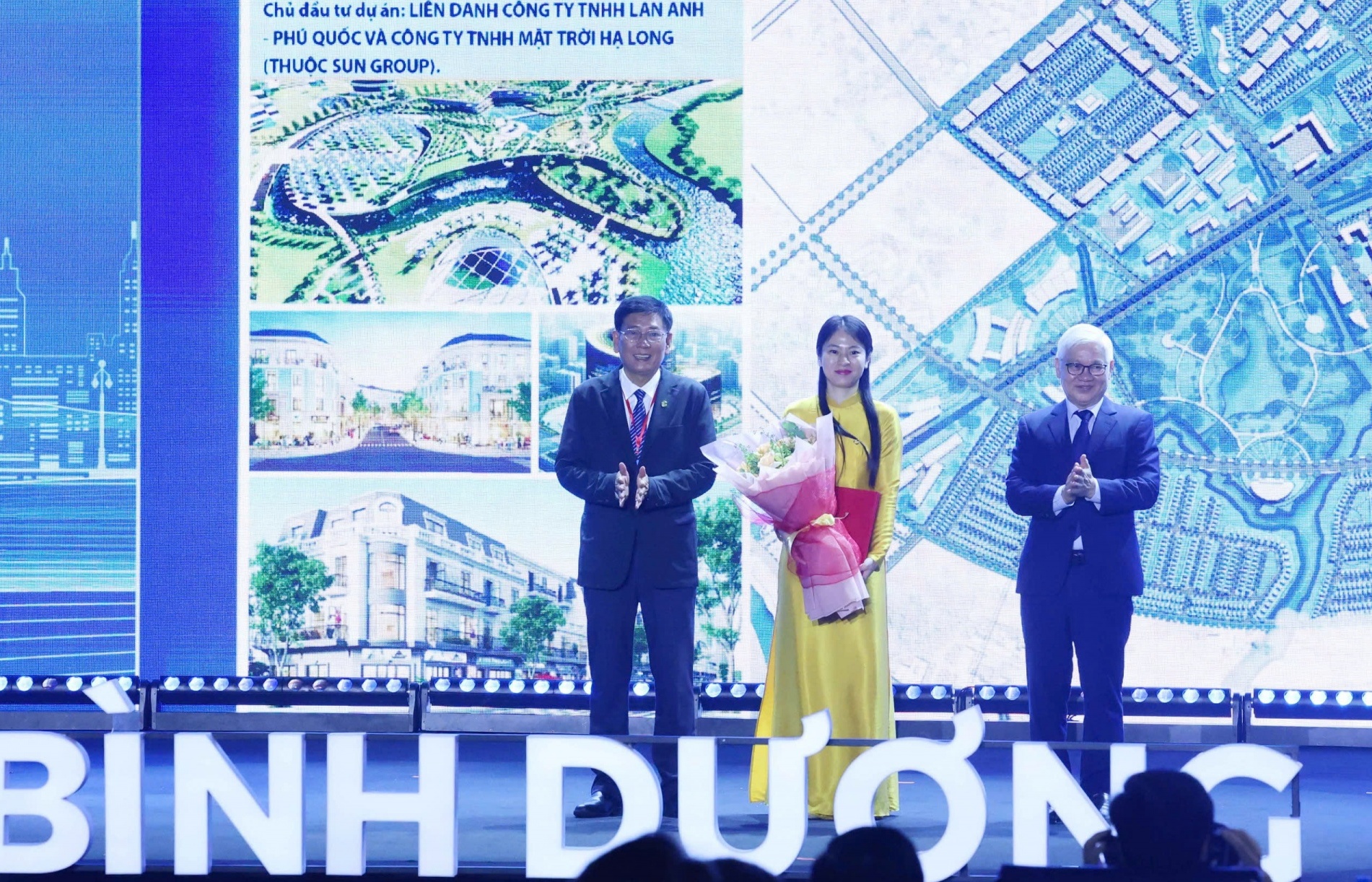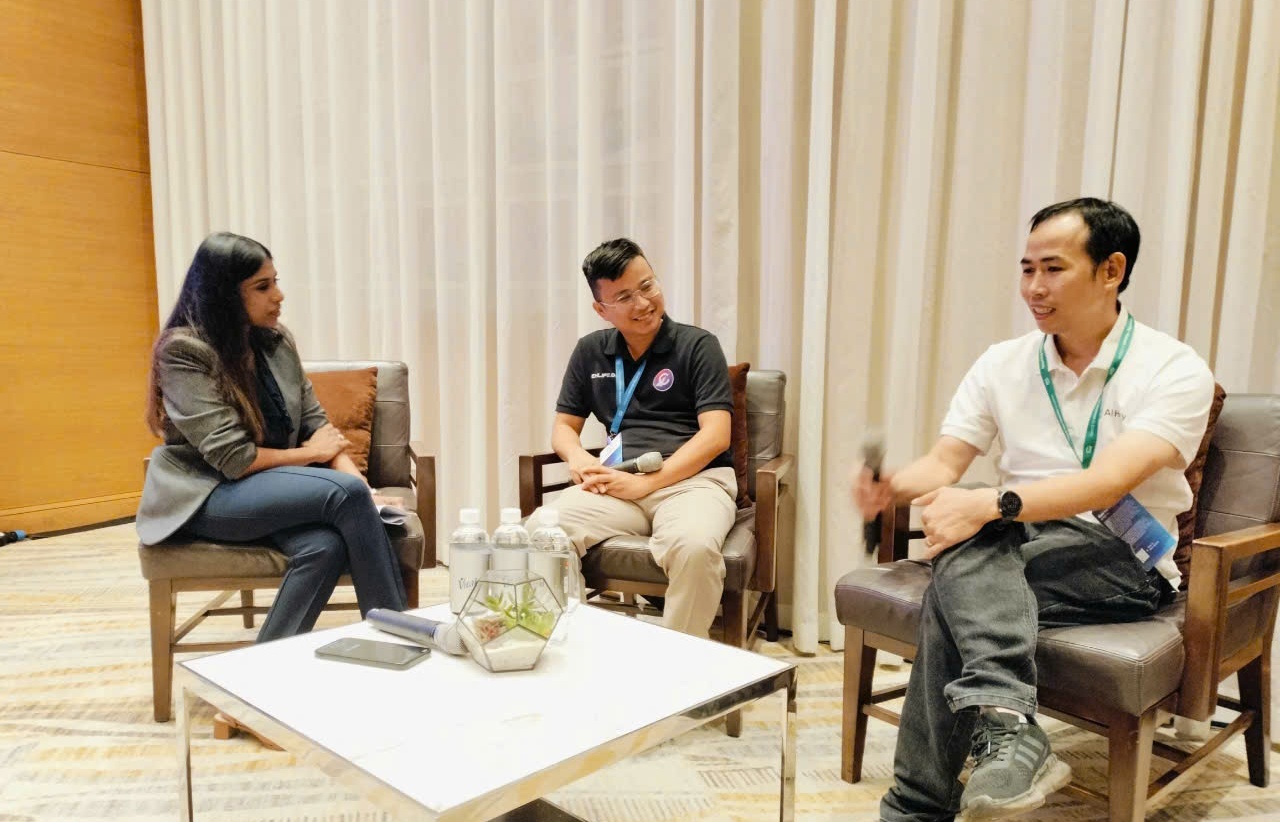MPI expert discusses IP and EZ development

Tran Duy Dong, deputy director of Economic Zone Management Department
under the Ministry of Planning and Investment-photo source Vnexpress
What’s your assessment of IPs and EZs in terms of their success in attracting investment and spurring development?
The government highly values the contribution IPs and EZs have made to Vietnam’s investment attraction and socio-economic development.
They have helped restructure and modernise the economy. At present, IP and EZ-based enterprises employ two million workers and account for 40 per cent of the total value of industrial production and 30 per cent of the total export turnover. Many major projects, especially the Bac Ninh province-invested Samsung Electronics Vietnam plant, contributed to 18 per cent of total export turnover in 2013.
IPs and EZs are an attractive destination for investors, especially foreign investors. Over 50 per cent of total foreign direct investment (FDI) capital in the country was derived from IPs and EZs. Last year, 90 per cent of total FDI capital was created by FDI projects in IPs and EZs.
In the central coastal region (from Thua Thien-Hue to Binh Thuan), these provinces started developing the IP and EZ models later and met with more economic difficulties, so they failed to attract as much investment as much as the two leading economic areas of the southeast and Red River Delta.
By the end of 2013, the central coastal region’s IPs attracted 189 FDI projects with registered capital of $2.743 billion and 830 domestic projects with registered capital of VND49.600 billion ($2.3 million). Meanwhile, EZs attracted 69 FDI projects with total investment capital of $8.2 billion, and 225 domestic projects with investment capital of VND 125.235 billion ($5.9 million).
Although the total investment capital from the central coast’s IPs and EZs was modest, this contributed remarkably to socio-economic development in the region.
What are the potential sectors to attract the investment in the central coast?
In the central coastal region, there are many rich resources creating favourable conditions for developing the maritime economy such as port construction, especially deep-water ports.
Ports combined with the development of logistic services will provide a goods trans-shipment location for domestic and international cargo.
This is a good opportunity for Vietnam to participate in the global value chains, enhance the value of Vietnamese goods as well as promote socio-economic development.
This is also the ideal destination for the development of heavy industry such as shipbuilding, petrochemicals and steel. Dung Quat oil refinery has been put into operation and developed stably. We therefore can develop support industries for these industries. Besides Dung Quat, Phu Yen province granted an investment certificate for the Vung Ro refinery project with investment capital of $3.2 billion, and Binh Dinh province is considering the $27 billion Nhon Hoi refinery project.
In addition, the central coastal region has the long and beautiful coastline which is suitable for developing tourist property projects. Seafood processing is also a potential sector to attract the investment.
The region has many advantages to develop, but investment attraction remains limited. Will the Vietnamese government release the mechanisms and policies to support for the central coastal provinces attracting investment?
The Vietnamese government wants equal development among different areas. So the government is keen on developing IPs and EZs in the central coastal region.
However, from now until 2015, the government will give priority to pouring investment capital from the state budget into developing Dung Quat and Chu Lai EZs. In the future, the government will also support other EZs.
The investment mechanisms and policies on offer are the same as elsewhere but IPs in the central coastal region are facing more difficulties so there are calls for lower corporate income taxes in IPs in the south east and Red River Delta.
The government will also support the central coastal provinces in investment promotion and develop mechanisms and policies to attract investment mostly calling for investment in infrastructure projects such as the transportation system, coastal paths and power plants.
The Vietnamese government hopes the development of IPs and EZs in the central coast region will catch up with the south east and Red River Delta in the near future.
What the stars mean:
★ Poor ★ ★ Promising ★★★ Good ★★★★ Very good ★★★★★ Exceptional
Latest News
More News
- Vietnam remains attractive destination for US businesses (September 26, 2024 | 20:23)
- Amata strengthens ties with Hong Kong and Japan (September 26, 2024 | 20:19)
- SpaceX eyes Vietnam for $1.5 billion satellite internet investment (September 26, 2024 | 20:10)
- Netherlands-based Rijk Zwaan expands footprint in Vietnam (September 26, 2024 | 19:59)
- Warburg Pincus aims to expand investment footprint in Vietnam (September 26, 2024 | 15:13)
- Future bright for innovative FDI schemes (September 26, 2024 | 14:00)
- Vietnam’s foreign investment landscape in 2024 and beyond (September 26, 2024 | 10:36)
- The call for a greener future via investment (September 26, 2024 | 10:15)
- Tra Vinh efficient in propelling public investment (September 26, 2024 | 09:21)
- Vietnam calls on Apple to set up R&D centre to boost innovation (September 25, 2024 | 19:10)



















 Mobile Version
Mobile Version